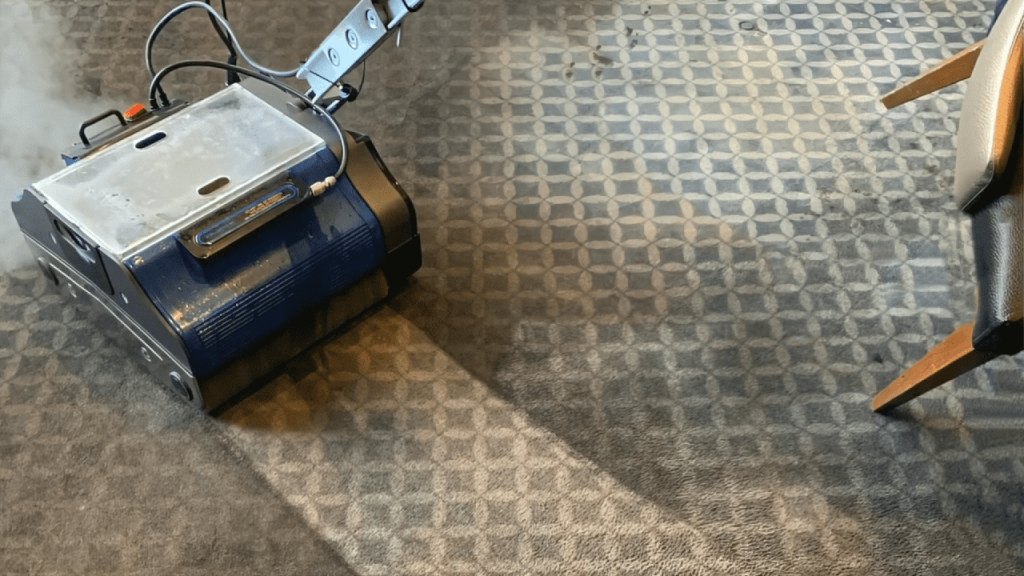Your commercial floor cleaning machine is the backbone of your operation. But like any equipment used daily, it wears down. Knowing when to replace it can save you time, money and client frustration.
Let’s look at common signs, contractor examples and what to consider before upgrading.
Real-World Scenario: The Cost of Holding On Too Long
Marcus runs a cleaning team servicing four shopping centres.
One of his floor scrubbers started leaving streaks and required more water for each clean. Repairs cost him over $900 across three months, and drying times increased, leading to foot traffic complaints from tenants.
He eventually replaced it with a more efficient scrubber that cut cleaning time by 30%, dried faster and reduced staff fatigue. The upfront cost was offset within six months through time saved and fewer call-backs.
Clear Signs It’s Time to Replace
| Sign | Why It Matters |
|---|---|
| Cracks, rust or frayed parts | Safety hazard and may cause mechanical failure |
| Uneven cleaning performance | Leads to double-handling and client complaints |
| Frequent repairs | Costs quickly add up and delay scheduled work |
| Long drying times | Interrupts use of the area and reflects poor quality to clients |
| Poor battery life or suction | Reduces run time and results in patchy coverage |
| Lacks support for modern features | Slows down teams and wastes water or chemicals |
Essential Features of a New Scrubber

When you’re ready to replace, look for features that support contractor flexibility and uptime:
- Interchangeable brushes: Ideal for different surfaces like concrete, safety flooring and carpet
- Low-moisture system: Keeps floors usable minutes after cleaning
- Corded and battery models: Adaptable to different building layouts
- Compact design: Makes transport and on-site storage easier
- Easy-access parts: Reduces downtime and supports fast servicing
Why the Right Commercial Machine Matters for Contractors

Different sites require different results. Here’s what a single week might look like:
| Site Type | Floor Type | Preferred Feature |
|---|---|---|
| Hotel lobby | Carpet & tile | Dual-brush system, quick drying |
| School hallway | Safety flooring | Non-slip scrub capability |
| Industrial warehouse | Sealed concrete | High-pressure brush for tough build-up |
| Commercial kitchen | Textured surface | Deep-clean brush and low water usage |
Choosing a machine like the Duplex Floor Cleaning Machines range allows you to handle all of the above by just switching brushes—keeping your team moving without needing multiple machines.
FAQs
How long does a commercial floor scrubber usually last?
Typically, between 5 to 7 years with regular maintenance. Heavy-duty use may shorten this.
What’s the biggest risk of not replacing in time?
Frequent breakdowns lead to missed deadlines, lost contracts and increased costs.
Can one machine really handle all floor types?
Yes. If it has interchangeable brushes, a good commercial model can clean concrete, carpet, tile and safety flooring.
When should I upgrade instead of repairing?
If repair costs in a year exceed 50% of a new machine’s value, replacement is more cost-effective.
Are newer machines more sustainable?
Modern scrubbers often use less water and fewer chemicals, helping both the environment and your bottom line.

